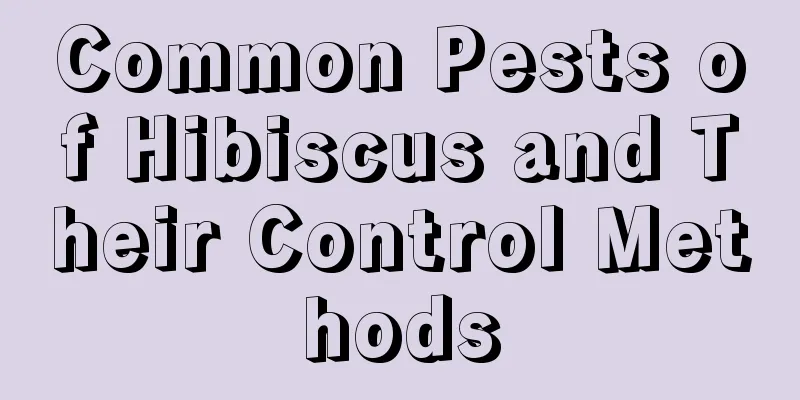Learn these methods of cuttings of green radish, and you will have too much at home

1. HydroponicsThe survival rate of hydroponic green radish is relatively high. Cut a sturdy branch with aerial roots from the mother plant. The aerial roots are brown root-like things that extend from the buds on the green radish stems, making it easier to take root. Cut the branches into pieces of about 10 cm, usually two or three sections. Cut the side to be placed in the water into a 45-degree cut, remove the leaves below, and insert it into a glass container. Add water to the container, enough to cover 3/1 of the branches. Do not soak the leaves in water as they are easy to rot. Then add a little aspirin powder to promote rooting. Before rooting, change the water every two or three days. After the roots grow out, change the water every five or six days. 2. Soil CulturePrepare the branches of the green radish with aerial roots as in the first method. Semi-lignified ones are best. Cut the lower end into 45 degrees, about 10 cm, remove the leaves below, soak the cut in rooting water for one or two minutes, dry in a cool place, and then insert into the soil to a depth of about half of the branch. Then water it thoroughly and place it in a semi-shaded and ventilated place to wait for rooting. In a dry environment, you can spray water around to keep it moist. 3. Short-cut methodThis method seems safer, but you can plant a lot at once. Cut off the semi-lignified branches of the green radish, preferably with more nodes, and use scissors to cut between the nodes. This ensures that each branch has a node. Then insert the branches into the soil, with only half of the branches buried in the soil. After inserting it, spray water to keep the soil moist but without water accumulation. Place it in a cool place for maintenance. It will be alive when small leaves grow on the branches. |
<<: Can Purple Bamboo Plum be grown hydroponically? How to do it?
>>: Purple bamboo plum cutting method and time
Recommend
When is the best time to change the soil and pot of Clivia (how often should Clivia be repotted)
When is the best time to change pots and soil for...
How to Make Your Own Clivia Soil
1. Formulation requirements Clivia needs fertile ...
What to do if Gloxinia does not grow leaves
1. Supplement sunlight Reason: The growth of Glox...
When is the right time to prune cherry tomatoes?
Cherry tomato pruning In order to improve the pho...
Common Wisteria Pests and Their Control
Common pests of wisteria Common pests of wisteria...
How to sow Gloxinia
Variety selection If you want Gloxinia to bloom m...
Why are orchid leaves turning soft? How to save them
1. Diseases Reason: Orchids are more susceptible ...
How to plant dragon fruit seedlings
1. Choose a flower pot Choose a larger clay pot w...
How to reproduce Martian flowers
Reproduction method Bulb propagation Reproduction...
Is it okay to eat wax apple directly?
How to eat Eat directly First of all, the simples...
Cultivation methods and precautions of evening primrose
1. Maintenance methods 1. Substrate selection: Ev...
Can Christmas cactus be exposed to the sun in summer?
1. Whether you can get sun exposure It can bask i...
Cultivation methods and precautions of autumn peony
1. Potting soil Autumn peony is very short and su...
How to trim the evergreen tree to look good
When is the best time to prune Evergreen If it is...
What to do if the wine bottle is too high
1. Features One characteristic of this plant is t...









